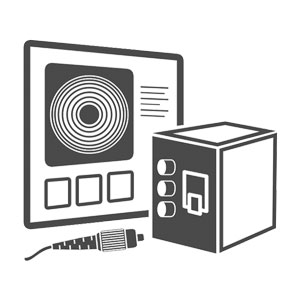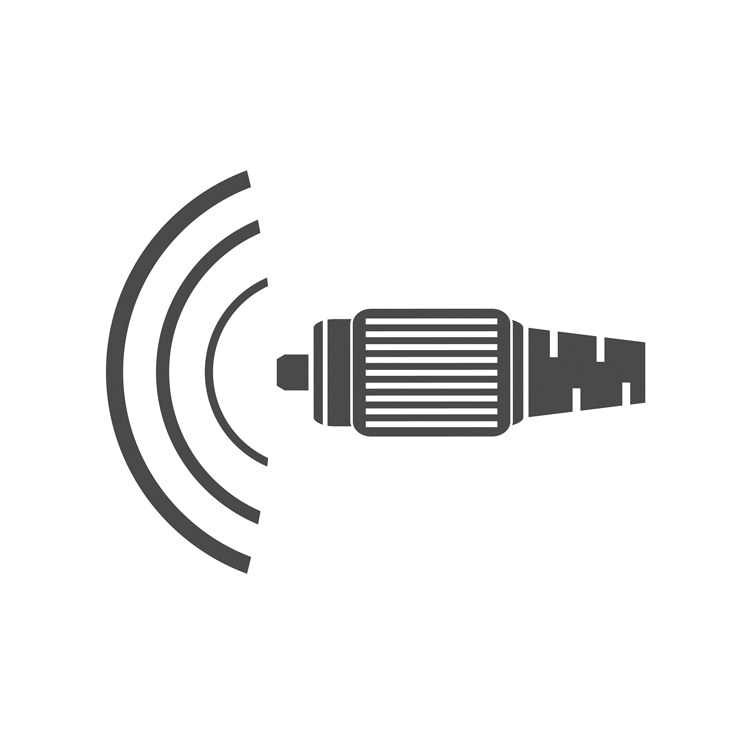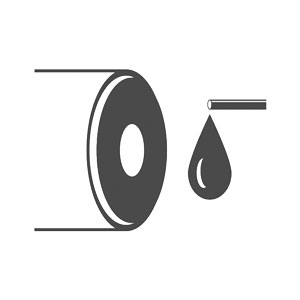Fiber Optic Center will be at Anga Com - Schedule your meeting with a member of the FOC team now

Visit Fiber Optic Center at Stand 504 During ECOC 2023
Booth Schedule Includes Product Demonstrations and One-On-One Discussions
Meet with Neal Weiss, Founder of Fiber Optic Center
An overview of coatings for a wide range of standard communication and specialty optical fibers. The main job of coatings is to protect the glass fiber, but there are many intricacies to this objective. Coating materials are carefully formulated and tested to optimize this protective role as well as the glass fiber performance.
Discussion topics include:
- Coating dimensions
- Tensile strength
- Coating characteristics and specialty fibers
Meet with Fiber Optic Center Technical Team
The technical team combines their field experience to demonstrate and discuss how to enhance processes, results, and fiber optic cable assemblies.
Discussion topics include:
- Determining cause of high loss
- The misunderstanding about Negative IL values
- Protecting the detector
- Test Lead Quality Steps
- Why we cannot stress enough the cleaning before the test
Meet with Fiber Optic Center Technical Team
Optical fiber and cable are the key building blocks of the passive plant. Proper construction of the physical layer provides a good foundation for the information highway.
Discussion topics include:
- Transmission standards scaling up from 622 Mbps to 50 Gbps in 25 years
- All ITU and IEEE PON network standards are structured to use the passive plant of previous generations and provide stable performance to support future generations of transmission technology
- How to:
- Know the cable standards and specifications
- Know the requirements of your installation and environment
- Take advantage of latest "easy-to-use" connectors and splice products
- Understand their performance factors
- Know how to troubleshoot
Meet with Neal Weiss, Founder of Fiber Optic Center
The most common processes used to make rare earth-doped fibers are the Rod and Tube method, the Solution Doping Process and the Vapor Phase Process. The latter two are used most commonly in conjunction with the MCVD process which will be discussed.
Focus on:
- Solution Doping
- Vapor Phase Doping
- Rare Earth Chelates
- Rare Earth Halides
Meet with Kelly Barker, Epoxy Technical Expert
Almost all epoxies used in the fiber optic industry are two-part epoxy systems consisting of a resin and a hardener or activator. All the chemicals in these two-part epoxies can cause an allergic reaction, but the component most commonly causing an allergic reaction is the resin. Epoxy resin is the third most frequent cause of occupational allergic dermatitis, or in other simple words, allergic skin reactions.
Discussion will focus on:
- When adverse reactions increase and how to minimize
- Differences between the two types of Contact Dermatitis: Irritant and Allergic
- Step by steps to reduce the risk of either type of dermatitis: preparation and protection
Meet with Marcel Buijs, EMEA Technical Team
Full view of both mechanical and fusion methods of splicing and impacts on lowering insertion loss compared to fiber connectors.
Discussion topics include:
- Splicing types
- Benefits and applications for cable assembly houses
- Field installations and severed buried cable solutions
Meet with Fiber Optic Center Technical Team
The lathe, rotary seal, optical pyrometer, deposition burner, and diameter control system all must work together to successfully manufacture a preform. This discussion will offer recommendations including setting up commissioning, operating, and maintaining multiple MCVD gas delivery systems.
Discussion topics include:
- Tips to better control preform collapse
- Ideas to improve pressure control and diameter control
- Lathe deposition burner and pyrometer combinations
Meet with Dan Rocheleau and Kelly Barker, Epoxy Technical Experts
Discussion on controls of the bonding process including epoxy mixing, application, curing, and testing.
Discussion topics include:
- Best practices to validate your curing schedule including the starting point, characterizing the oven ports
- Best practices for epoxy preparation and dispensing
Meet with Fiber Optic Center Technical Team
The most common questions we receive include what is causing our poor IL/RL, how can we ensure clean fiber connections and do you have specific cleaning techniques during fiber optic cable assembly manufacturing and installation? This discussion is based on the answers and guidance we provide daily!
Discussion topics include:
- How to verify connector end-faces that meet or exceed industry standards on end-face cleanliness (IEC 61300-3-35)
- How to identify the number of ways in which the end-face can (and do) become contaminated
Meet with Fiber Optic Center Technical Team
Technical Process & Product Demonstrations:
- Cable Prep
- Epoxy Steps and Considerations
- Crimp
- Cleave
- Lapping Film Options (Field and Floor)
- Polish
- Test
Meet with Dave Sylvia, Director of Sales
Sign up today and schedule your meeting with David Sylvia while at ECOC. To sign up, click YES and select to meet either October 2-4 and choose the time that works with your schedule.
Meet with Fiber Optic Center EMEA Team
Sign up today and schedule your meeting with Erwin Gelderblom, Marcel Buijs or Giorgio Bonvini while at ECOC. To sign up, click YES and select to meet either October 2-4 and choose the time that works with your schedule.











